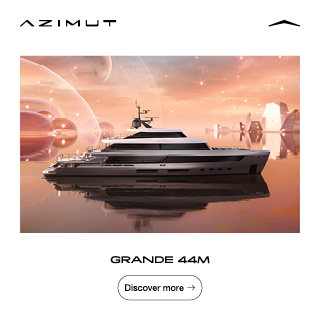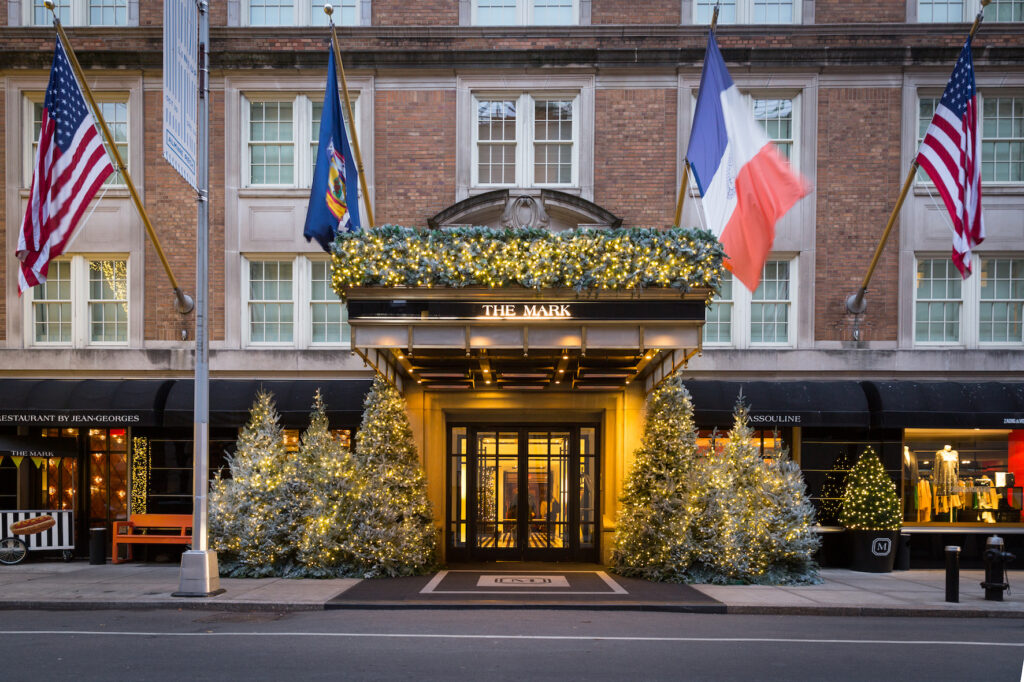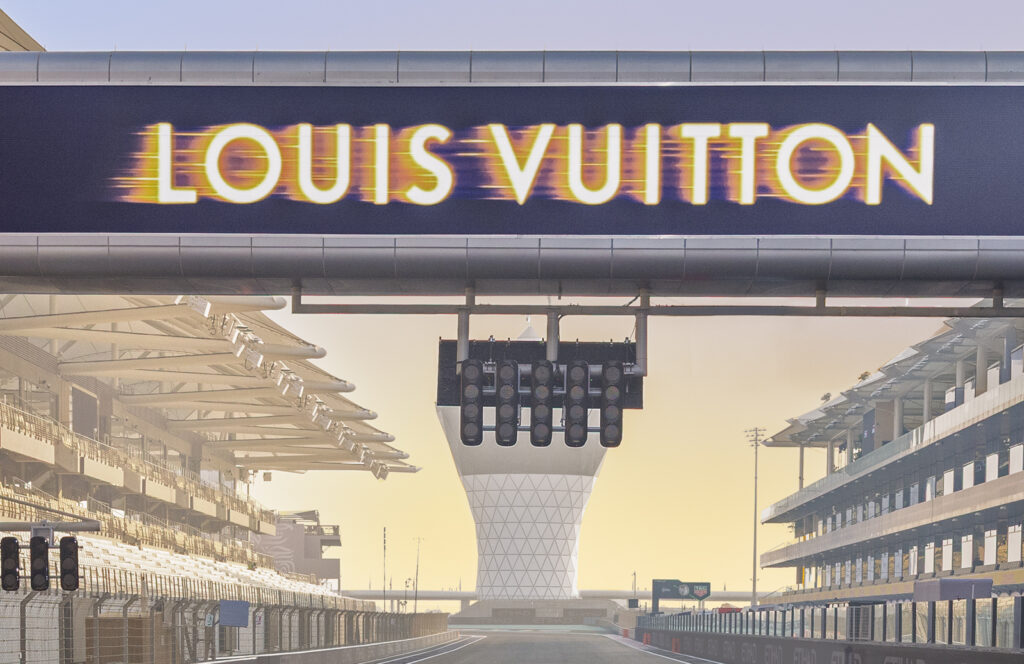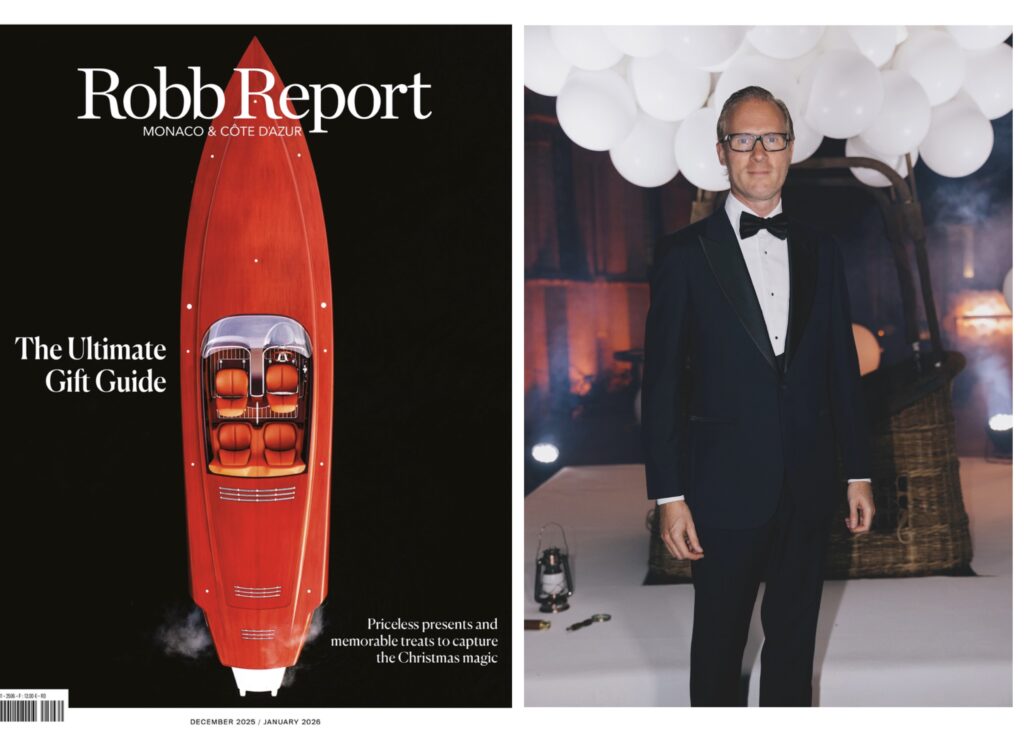
The iconic fine wine regions of the world are few in number. In the “Old World,” these include: Bordeaux, Burgundy, the Rhône Valley and Champagne in France; Tuscany (including Montalcino and Bolgheri) and Piedmont in Italy; the Mosel Valley in Germany; Ribera del Duero in Spain; and the Douro Valley (for fortified wines) in Portugal.
In the “New World,” The Barossa Valley in Australia; and Napa Valley in California. Outside of these include very famous wine regions—such as Rioja in Spain and Margaret River in Australia—but, despite their fame, they are not iconic fine wine regions. The reason is that, even if these regions make some very good wines, they do not make many (or any) iconic fine wines—wines that have a pedigree for aging in the bottle, that are “best-in-class,” and have a secondary market value (as in, the wine is a store of value).
As a result, the fine wine market is narrower than you would think, although far wider than it was a mere 20 years ago, when Bordeaux really was the fine wine market. In the intervening two decades, a growing group of fine wine regions have come to the fore, as best illustrated by Bordeaux’s declining share of trading on the world’s primary secondary market exchange, Liv-ex. Whereas Bordeaux was more than 90 percent of the trade 20 years ago, today it represents significantly less than half (see Liv-ex table below).

Nonetheless, with the rise of the “wine geek”—fine wine lovers and collectors whose knowledge and appreciation for fine wines is at a level almost (or on a par with) that of fine wine professionals—a small but increasing number of “new” iconic fine wines from non-iconic fine wine regions are being appreciated, collected and traded at levels approaching those of the best fine wines from iconic fine wine regions.
Identifying them early can be rewarding for collectors, as usually the prices for these wines are lower—sometimes much lower—than those for equivalent quality wines from the iconic fine wine regions. However, the “value gap” has shrunk remarkably quickly in the era of social media, as wine geeks share their knowledge and appreciation with their followers. The key, therefore, is to get ahead of the curve and start buying sooner rather than later.
So what are the world’s best iconic fine wines from non-iconic fine wine regions? Below is a very personal list of these wines, all of which I collect: In other words, I have voted with my feet. As a result, there will be some wines that could be considered iconic that are not included because I either do not know them, do not like them or do not consider them to be sufficiently high quality for my cellar. A good example of a wine I have not included, but would be considered iconic by many and is from lowly Pays d’Herault in the South of France, is Domaine de la Grange des Pères: I simply have never liked it!
I have divided the list into two: iconic wines from Europe and the Rest of the World. To my surprise, there are more white wines on the list than red: 12 whites, nine reds and two sweet wines. One explanation for this is that some red grape varieties, like Pinot Noir, are very temperamental and can produce wildly different aroma and taste profiles when you take them out of their historical heartland, in this case Burgundy. White grape varieties like Chardonnay, on the other hand, are more adaptable and capable of producing great expressions of the varietal irrespective of the region where they are planted provided the conditions (soil, climate, weather and so on) are conducive to high quality grape production. It is perhaps for this reason that I prefer the Chardonnay, rather than the Pinot Noir, from two of the producers referenced in the list below—one from Switzerland and the other from New Zealand.
Europe
Austria: FX Pichler, Unendlich, Riesling Smaragd (White Wine)

Unendlich is a big wine. It can age for a very long-time. It’s a favorite amongst in-the-know sommeliers (which is how I found out about it). I tried the 2005 vintage a few months ago and it was kicking. Unfortunately, trying to buy these wines is extremely hard, as they tend to be consumed locally in Austria. If you do find a bottle (from any vintage), it will likely set you back more than $310 per bottle.
Alsace, France: F E Trimbach Riesling, Clos Sainte Hune (White Wine)
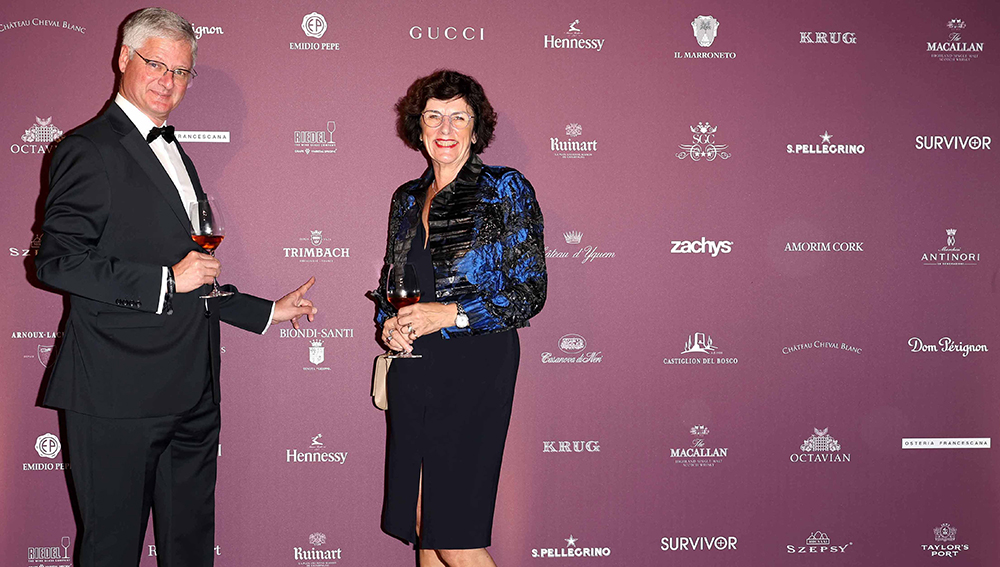
To my mind, the world’s best dry Riesling. I have been collecting these wines for more than a decade, and they are consistently fantastic and on par with the best white burgundies. They age beautifully, often changing color to copper tones with petrol aromas and plenty of complexity. The 2016 vintage was the most traded Alsatian wine on Liv-ex in 2022. I am currently drinking the 2001 vintage, which is a classic example of the wine, but which will set you back over $430 per bottle.
France, the Loire Valley: Clos Rougeard, Le Bourg, Saumur Champigny (Red Wine)
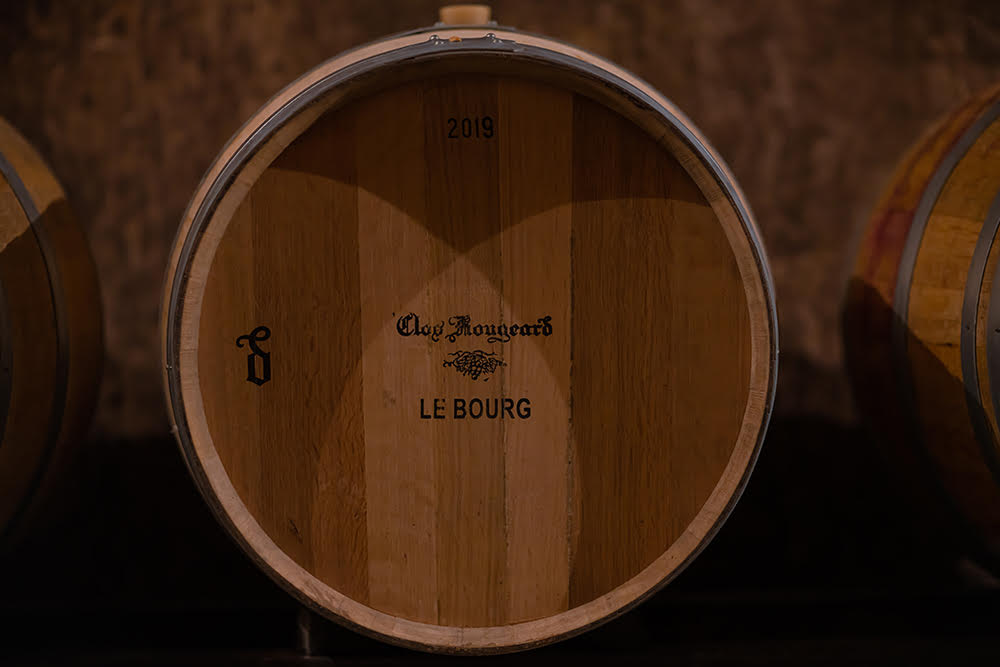
All the wines from Clos Rougeard are magnificent, but Le Bourg is the stand-out. A 100 percent Cabernet Franc, it ages beautifully and can be easily confused with a great Hermitage Rouge from the Northern Rhône. Although much better known than when I first started collecting it, it’s still an “insider’s wine” for geeky collectors. I particularly like the 2007 vintage which is in a perfect place right now and will cost over $770 per bottle as compared with the $185 per bottle price I paid five years ago. Unfortunately, I am down to my last two bottles!
France, the Jura Valley: Anne et Jean-Francois Ganevat Cotes du Jura Les Vignes de Mon Père (White Wine); Emmanuel Houillon—Pierre Overnoy, Arbois-Pupillin Chardonnay (White Wine)
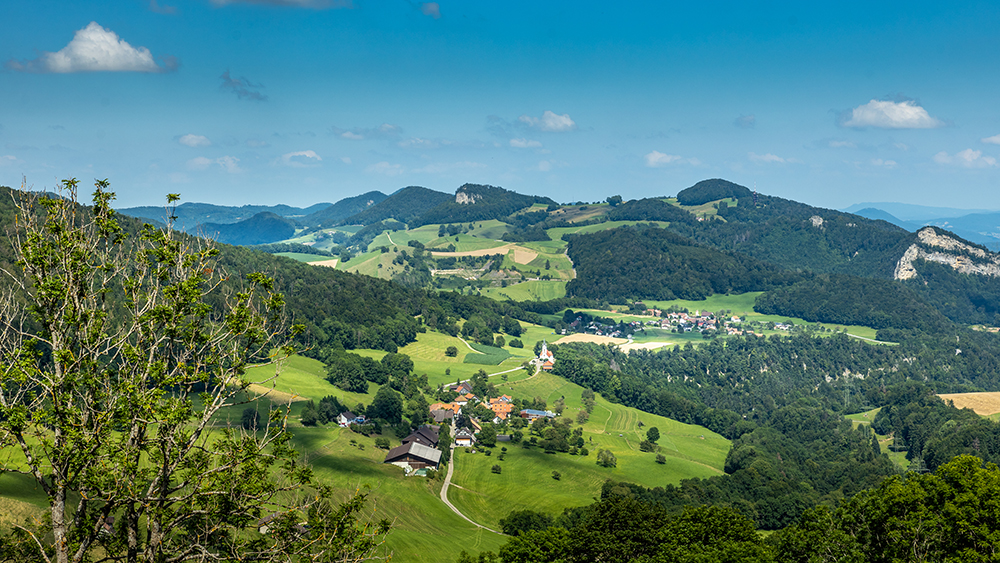
Both of these wines are classic examples of the best expressions from the Jura, a region close to, but to the east of, Burgundy. Jura wines are very hip with sommeliers, which is the principal reason why they are so expensive today. The Ganevat is 100 percent Savagnin, a local varietal, whereas the Overnoy is 100 percent Chardonnay. Jura wines can have an oxidative nutty character, which is not to everyone’s liking. The Ganevat will likely cost more than $615 per bottle and the Overnoy will come in at more than $740 per bottle (depending on vintage).
Germany: Weingut Keller, G-Max Riesling Trocken, Rheinhessen (White Wine)
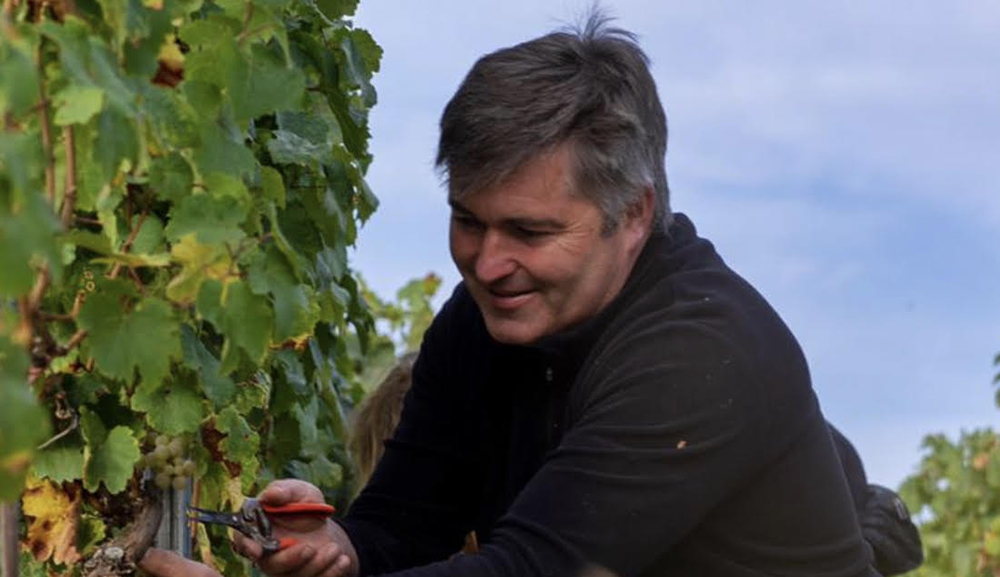
Undoubtedly, Keller is now a recognized superstar of the wine world. He’s hip and hot, and liked by wine geeks. Although Egon Müller over in the Mosel Valley is rightly recognized as the Wein Kaiser (for his sweet wines), Klaus-Peter Keller is surely the Crown Prince (for his dry wines). The G-Max is his ultimate collector wine and will cost more than $2,470 per bottle.
Hungary: István Szepsy, Tokaji Eszencia & Aszú 6-Puttonyos (Sweet Wine)
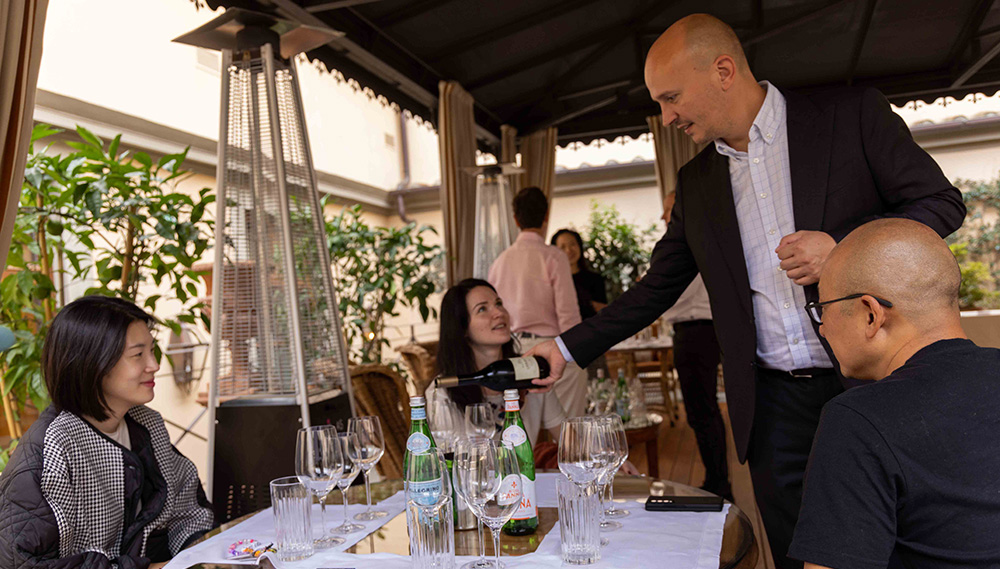
There’s Tokaji and then there’s István Szepsy’s Tokaji. Szepsy is the undoubted King of Hungary, single-handedly responsible for bringing glory back to what was once the most iconic fine wine region in the world, a wine demanded by the Kings of France and Emperors of Russia. Unfortunately, the Soviet Union put paid to that, resulting in close to zero investment and a complete downgrading of these most iconic vineyards.
Since the 1990s, Szepsy has been making fantastic wines from this region. Incredibly for a tiny producer of sweet wine from Hungary, Szepsy won the 2022 Golden Vines Best Fine Wine Producer in Europe Award (and the 2022 Golden Vines Hall of Fame Award), as voted for by almost a thousand fine wine professionals from over 100 countries.
His extremely sweet Eszencia is the ultimate expression of Tokaji, but because it is made in such small quantities (less than 500 bottles) and in such rare vintages (only 1996, 1997 and 2007), his Aszú 6-Puttonyos is the one I would recommend. The great news is that the Aszú 6-Puttonyos is still (relatively) damned cheap! I am particularly fond of the 1999 vintage which costs around $185 per bottle for something which should be priced at least three-to-five times this price.
Italy: Azienda Agricola Valentini, Trebbiano d’Abruzzo (White Wine); Emidio Pepe, Trebbiano d’Abruzzo (White Wine)

Finding great Italian white fine wines is a struggle. Outside of Gaja’s Gaia & Rey (Piedmont), one’s mind starts to blank. However, in Abruzzo, two producers make wonderful Trebbianno that can certainly be classed as fine wines. Valentini is the more obscure, geeky, “insiders” choice, whereas Emidio Pepe is known by a wider audience outside of Italy. The 2004 vintage is in a great place for both wines at the moment, with the Valentini costing more than $432 per bottle and the Emidio Pepe costing more than $525 per bottle.
Portugal: Casa Ferreirinha ‘Barca-Velha,’ Douro (Red Wine)
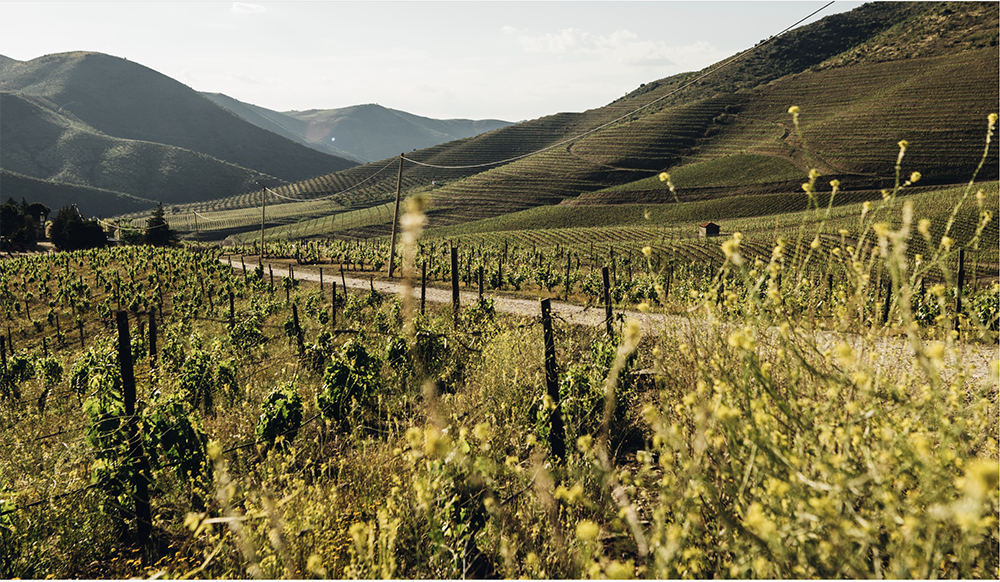
Until recently, I had never tried this wine, despite owning a few cases. Barca-Velha is the legendary still wine from Portugal, and from the region—the Douro Valley—best known for its fortified Port wines (which is why it is on the list). As a collector, I had to own them, even if I didn’t know whether I’d like them. However, owner Fernado da Cunha Guedes recently hosted me at Quinta do Porto in the Douro and opened an immaculate bottle of Barca-Velha 2011. Certainly, it’s a big wine, but had a tell-tale “lift” in the mid-palate that marked it out as a top wine, and a gorgeous long finish. The wine isn’t cheap; in fact, it costs more than Iberia’s famed iconic wine, Vega Sicilia Unico Gran Reserva from Ribera del Duero in Spain. Depending on vintage, a bottle of Barca-Velha will typically come in at more than $618.
Spain: Alvaro Palacios, Priorat (Red Wine) , L’Ermita Velles Vinyes
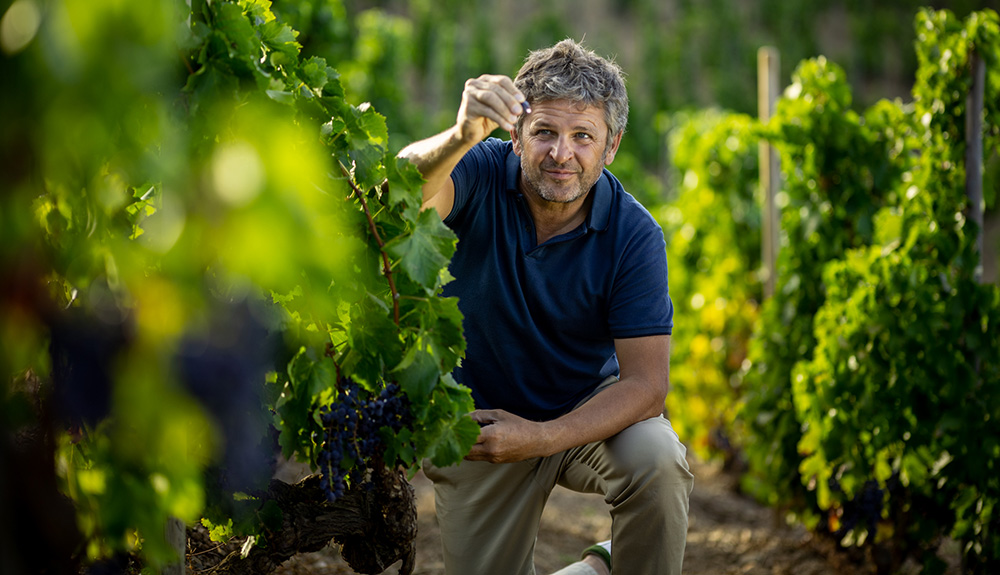
I am not a huge drinker of Spanish wines, but Alvaro Palacios is one that I will often seek out. He’s a living legend of the Spanish wine scene (although he’s only in his late fifties), and helped put Priorat on the map. Stylistically his L’Ermita Velles Vinyes might not be everybody’s cup of tea, but it is certainly iconic. Depending on vintage, a bottle will set you back more than $927.
Switzerland: Weingut Daniel & Marta Gantenbein Chardonnay, Graubünden (White Wine); Domaine de la Rochette Pinot Noir Les Rissieux, Neuchatel (Red Wine)
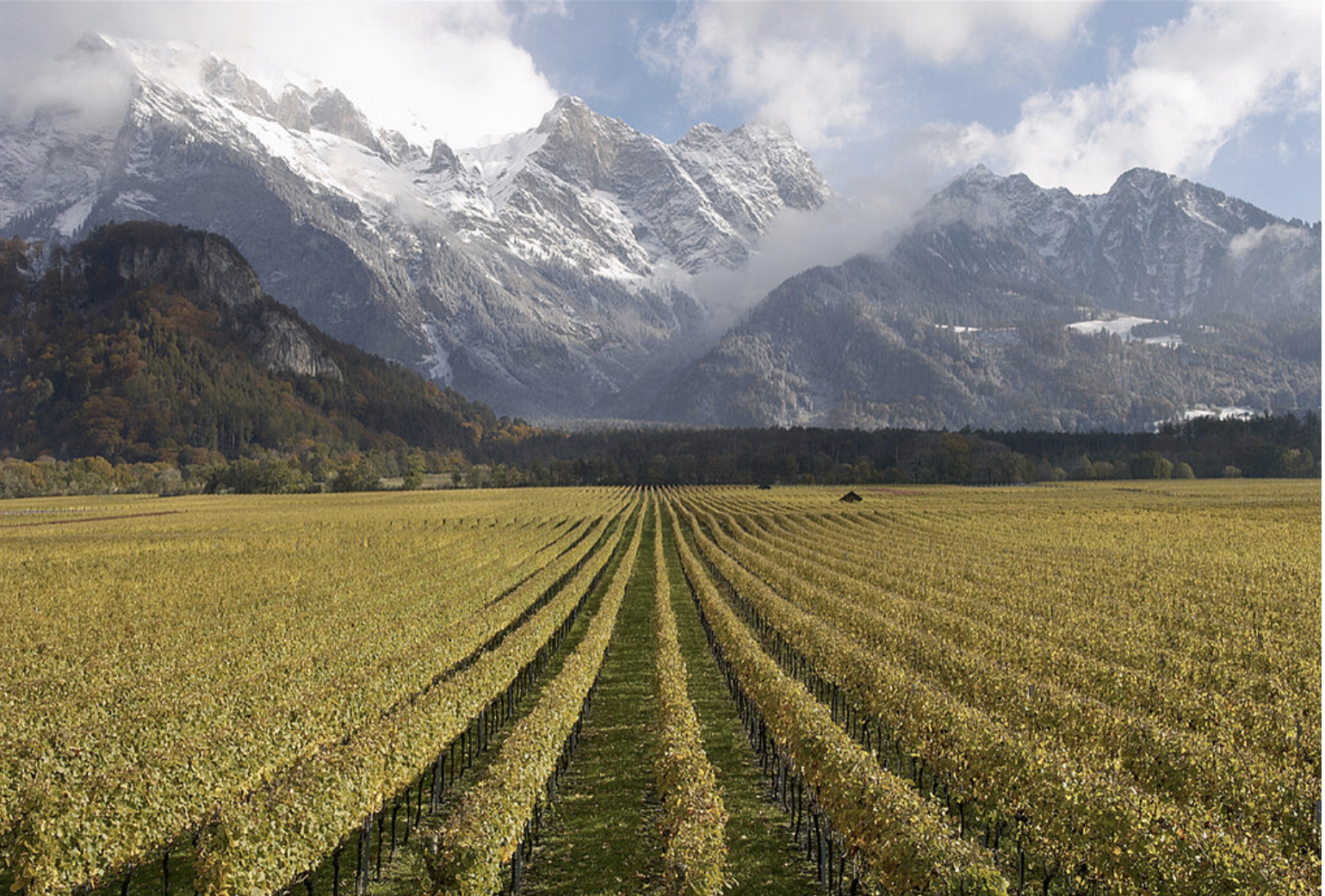
I have been collecting both the Pinot Noir and Chardonnay wines from Gantenbein for more than a decade. When I started, literally none of my wine friends had ever heard about them. Indeed, most fine wine restaurants in Switzerland didn’t even have them on their wine lists.
The reality was that these wines were being snapped up by local Swiss and German collectors and they were impossible to buy anywhere. Over time, the winery must have decided to expand their distribution abroad, as it’s now vaguely possible to buy these wines.
The Chardonnay is the better of the two wines in my opinion and costs around $433 per bottle. The Pinot Noir from winemaker Jacques Tatasciore at Domaine de la Rochette is impossible to buy outside of Switzerland; unfortunately, he does not use email and contacting him via telephone is an impossible task. However, it’s a collector wine—if you happen to be Swiss!—and perhaps the best expression (alongside Gantenbein) of Pinot Noir outside of Burgundy.
The Rest of the World
Argentina: Catena Zapata Estiba Reservada, Agrelo (Red Wine)
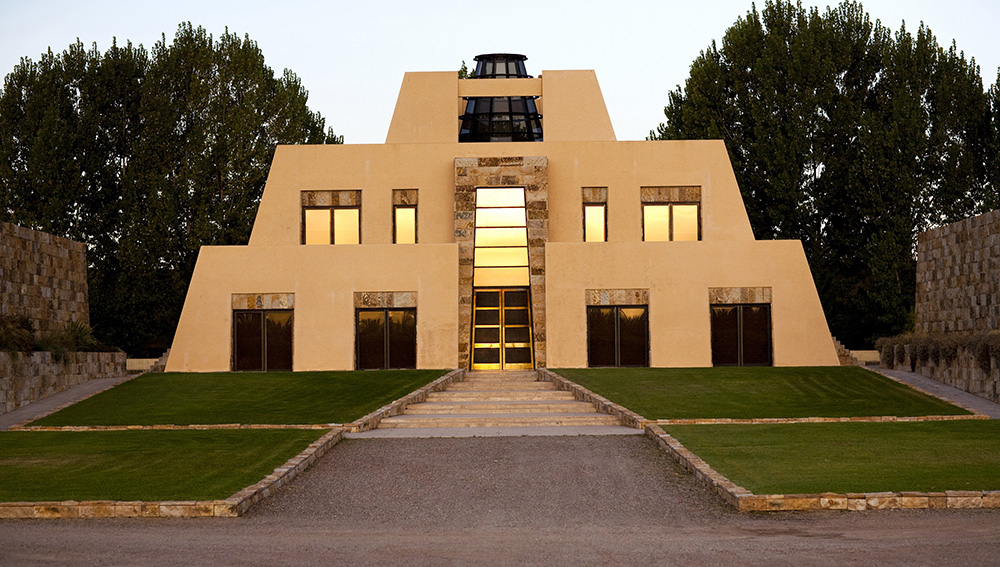
My friend, Laura Catena, told me her long-time wish is to see a case of her wine in my cellar. Given that she is Argentina’s finest producer and winner of so many awards and so much acclaim, it would undoubtedly be disrespectful not to include her top wine on this list.
The issue for Catena Zapata (and other producers in the Mendoza region) is that, despite their hopes and aspirations, fine wine collectors just don’t see Malbec as a fine wine grape varietal. If anyone is going to be able to change this, it’s Laura. Indeed, four of the top five most traded Argentinian wines on Liv-ex in 2022 were from Catena Zapata, underlying the dominance of the estate. The Estiba Reservada is her most collectable wine and costs around $618 per bottle.
Australia: Giaconda Estate Vineyard Chardonnay, Beechworth (White Wine)
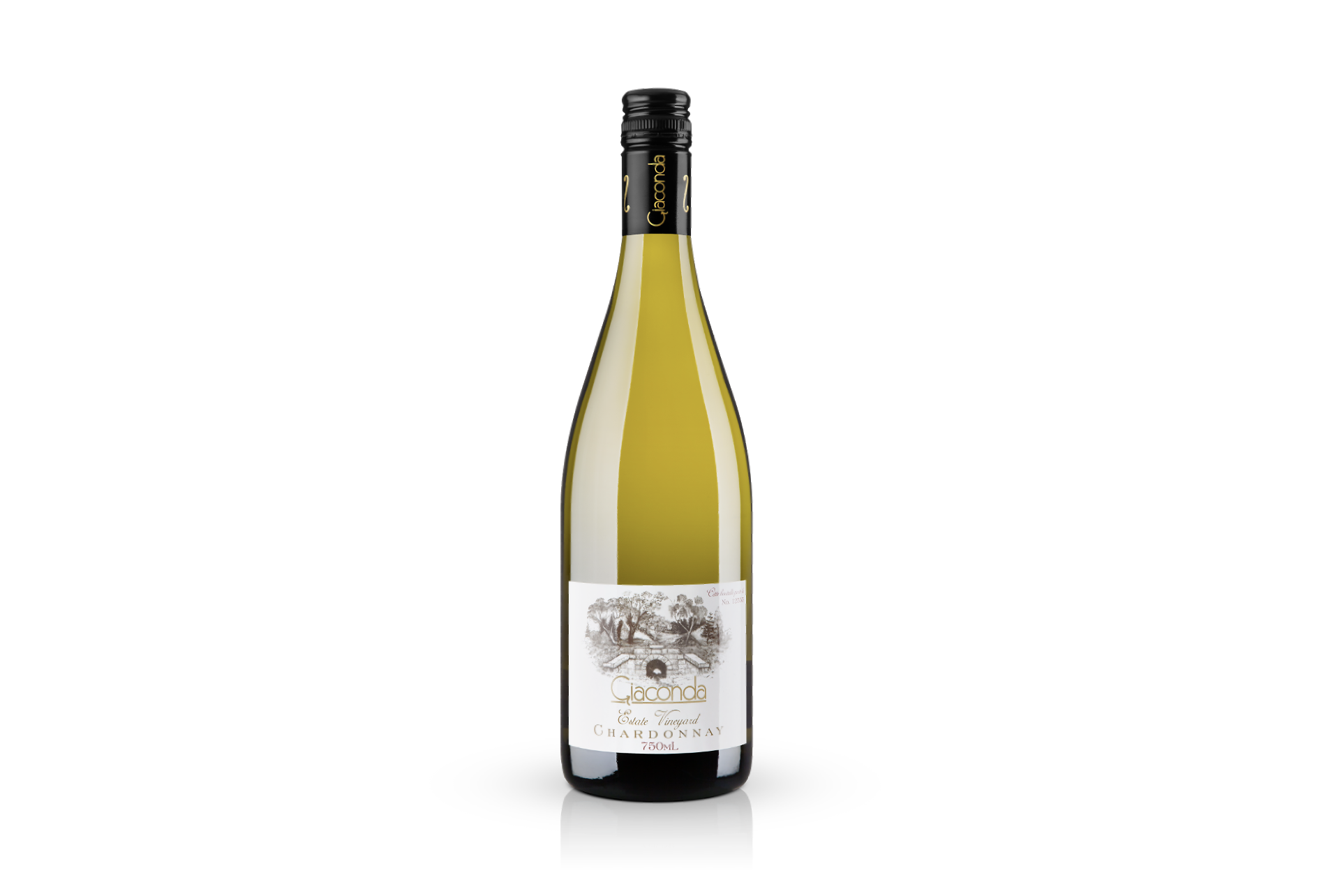
Northern Victoria, Australia, is not where you would expect to find an iconic fine wine. However, Giaconda has produced a Chardonnay that is incredible and has earned its place in any fine wine collector’s cellar. Do not let the screw cap turn you off: after all, even Henschke’s Hill of Grace Shiraz has a screw cap closure. These wines age well, are full of complexity and have a style more reminiscent of top Chablis than Côte de Beaune white Burgundies. Even better, they’re relatively cheap for the quality: around $185 per bottle.
Chile: Vinedo Chadwick, Maipo Valley (Red Wine), Clos Apalta, Colchagua Valley (Red Wine); Aristos ‘Duquesa d’A’ Grand Chardonnay, Cachapoal Valley (White Wine)
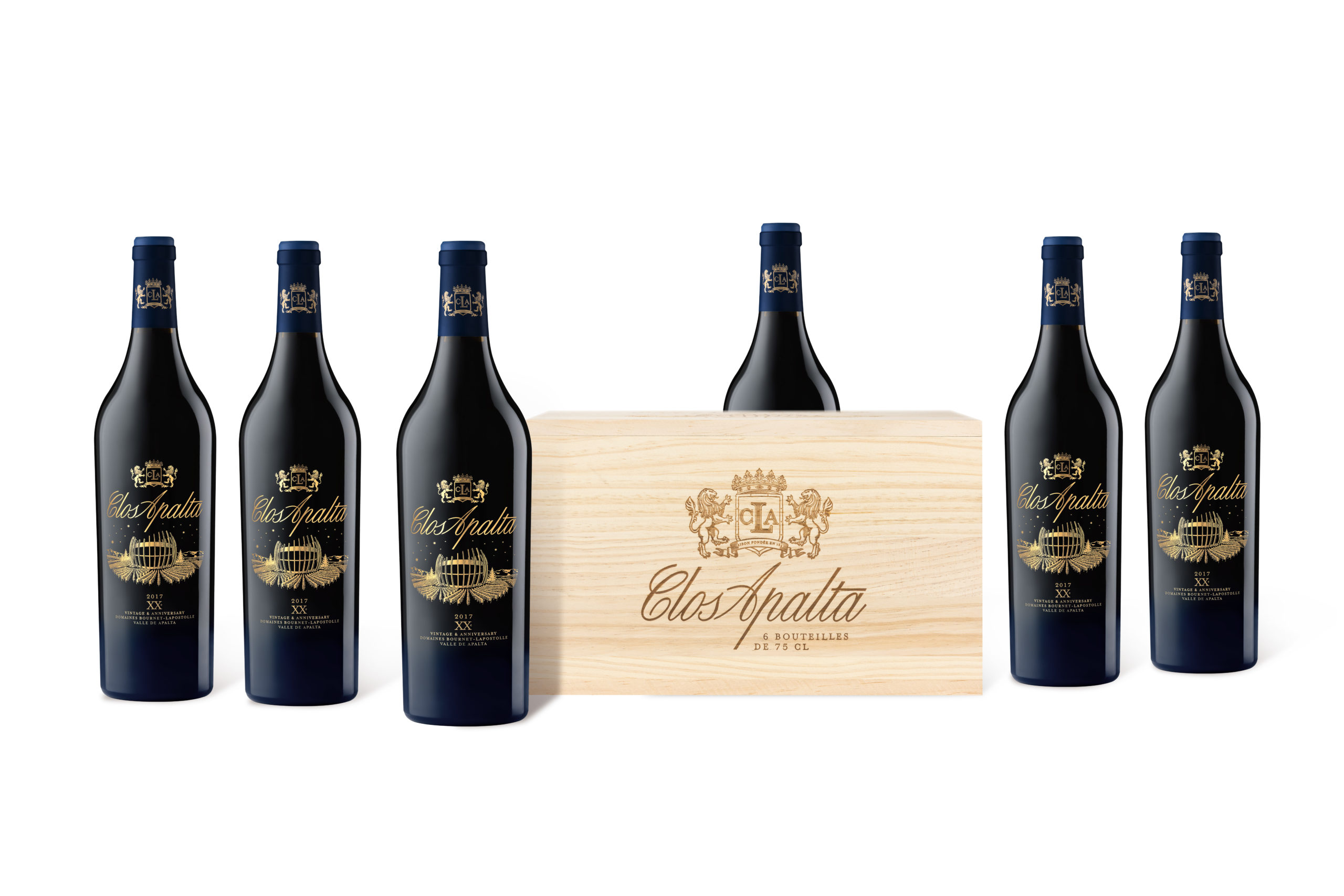
When I first started collecting fine wines more than 20 years ago, it would have been laughable to even have considered collecting wines from Chile. They were just about drinkable at best. However, over the last few decades, high capital investment and resulting wine quality have improved drastically.
Furthermore, there’s now an understanding of the terroir and an appreciation for the vast acreage of original rootstock old vines that are more concentrated in Chile than anywhere else on the planet. The result is that there are now a small number of wines that I am happy to include in my cellar.
The Aristos Duquesa d’A Grand Chardonnay blew me away when I first sampled the 2008 vintage back in 2011 and decided to buy every bottle that was available for purchase in the UK (which is perhaps why it doesn’t even appear as a vintage category on winesearcher.com). Vinedo Chadwick is the mainstay expression of fine wine in Chile, with wine prices coming in at over $308 per bottle, whereas Clos Apalta (made only with ancient own-rootstock vines) can be bought for around $98-plus per bottle and, given the ambitions of my friend, the owner, Charles de Bournet Marnier Lapostolle (of the famed Grand Marnier family), will undoubtedly reach even higher standards in the years ahead.
New Zealand: Bell Hill Chardonnay, Canterbury (White Wine)
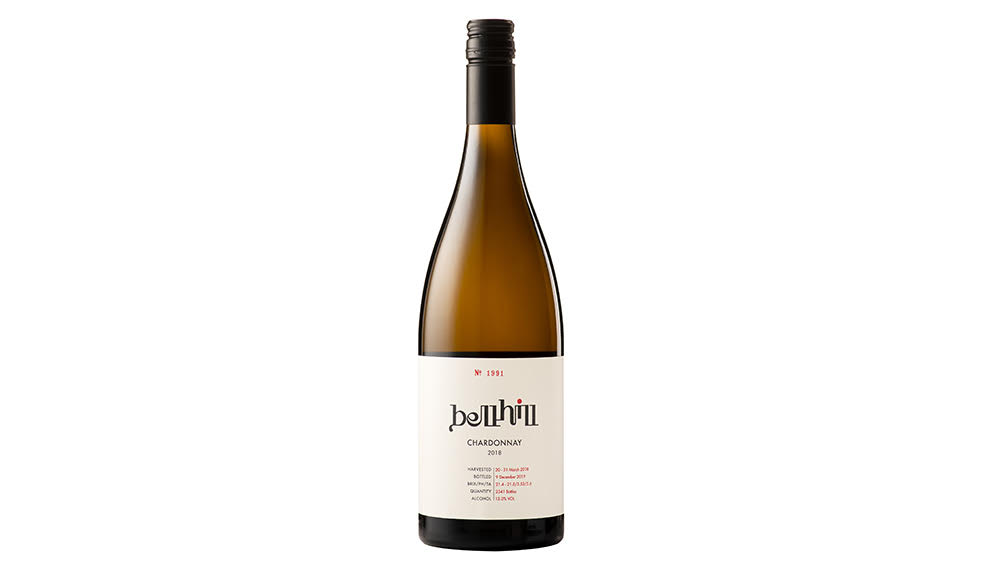
New Zealand makes decent wines. However, it’s a stretch to think that the country will ever produce many fine wines. Nonetheless, in Bell Hill, owner Sherwyn Veldhuizen has taken an old limestone quarry and is producing top notch Pinot Noir and (especially) Chardonnay. In my mind, a notch below the Pinot Noir and Chardonnay from Gantenbein in Switzerland (see above), these are still very fine expressions of Burgundian varietals. The Chardonnay costs more than $185 per bottle (depending on vintage).
South Africa: The Sadie Family ‘Palladius’ White, Swartland (White Wine); The Sadie Family ‘Columella’ Red, Swartland (Red Wine)
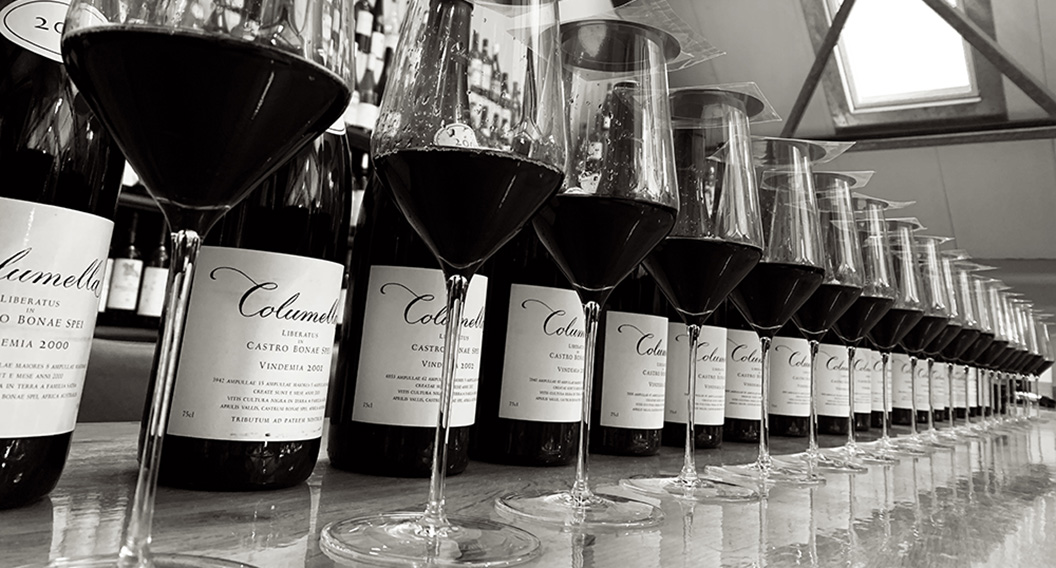
Like New Zealand, South Africa makes decent wines. Indeed, given the amount of investment from wealthy families in wine estates in the Stellenbosch and Franschhoek regions, the quality is undoubtedly improving. But my overriding feeling is that the quality of wine tourism in South Africa is still better than their wines. The exception is the Swartland region.
For starters, it’s too far off the beaten track to be a tourist magnet. Secondly, it’s the place in South Africa where pioneering winemakers, innovation and a sound matching of grape varietals with the local (harsh) terroir has resulted in this relatively unknown region making South Africa’s best fine wines.
Eben Sadie of The Sadie Family Wines is the undoubted King of Swartland. He won the 2022 Golden Vines World’s Best Rising Star Award, underlining the admiration for his work from industry professionals. His personal story is fascinating and bound to be made into a TV documentary at some point. Eben Sadie’s Palladius and Columella are his two iconic fine wines, and can be bought at the attractive price of $93-plus per bottle.
United States: Ridge Vineyards Monte Bello, Santa Cruz Mountains (Red Wine)
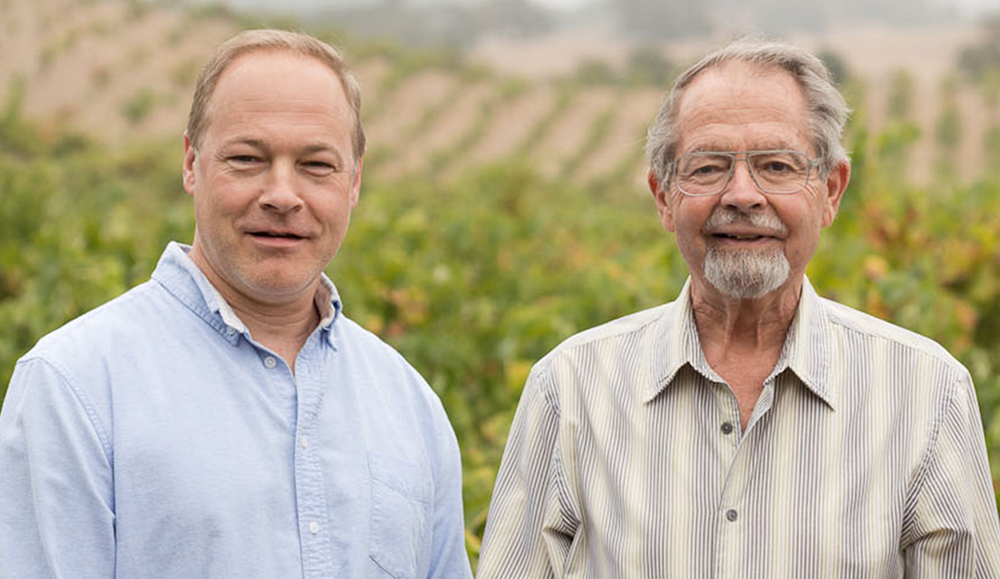
Ridge Vineyards was winner of the Golden Vines Best Fine Wine Producer in the Americas Award in both 2021 and 2022. It beat out competition from all the top Napa Valley wineries, such as Harlan Estate, Dominus Estate and Screaming Eagle, as well as wineries from the rest of North and South America.
It still baffles me how American fine wine consumers have not yet realized that Ridge Monte Bello is one of the very best fine wines consistently made in North America. My only explanation is that the wine comes not from the iconic Napa Valley region, but from the non-iconic Santa Cruz Mountains. Another reason might be that it is made in a European-style, which is probably why it’s more highly valued by European collectors than Americans.
To my mind, Ridge’s Monte Bello and Sassicaia are twins separated at birth. Although they don’t taste the same, they evoke the same feelings in me: class in a glass. I have told both Priscilla Incisa Della Rocchetta of Tenuta San Guido that makes Sassicaia and Paul Draper, the retired winemaker of Ridge Vineyards, of my comparison, and they have both promised to put on a Ridge Monte Bello/Sassicaia tasting so we can all decide if the comparison stands up to scrutiny. I am still waiting…
My favorite vintages of Ridge Monte Bello are 1991, 1992 and 2001, preferably in large format (as always). Ridge Monte Bello 1991 will cost around $865+ per 75cl bottle if you can find it.
***
Lewis Chester DipWSET is a London-based wine collector, member of the Académie du Champagne and Chevaliers du Tastevin, co-founder of Liquid Icons and, along with Sasha Lushnikov, co-founder of the Golden Vines® Awards. He is also Honorary President and Head of Fundraising at the Gérard Basset Foundation, which funds diversity & inclusivity education programs globally in the wine, spirits & hospitality sectors.
The Golden Vines® 2023 will take place in Paris between 13-15 October 2023, recognizing the world’s best fine wine estates as voted by hundreds of fine wine professionals. Please register your interest for tickets on the website. Robb Report is the Official Media Partner of the Golden Vines® and sponsor of the Golden Vines® World’s Best Fine Wine Producer Award.

